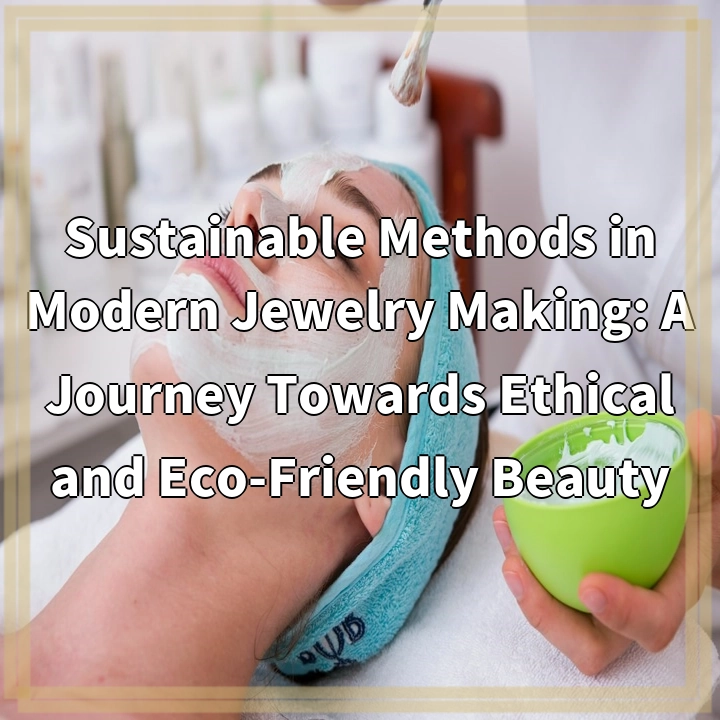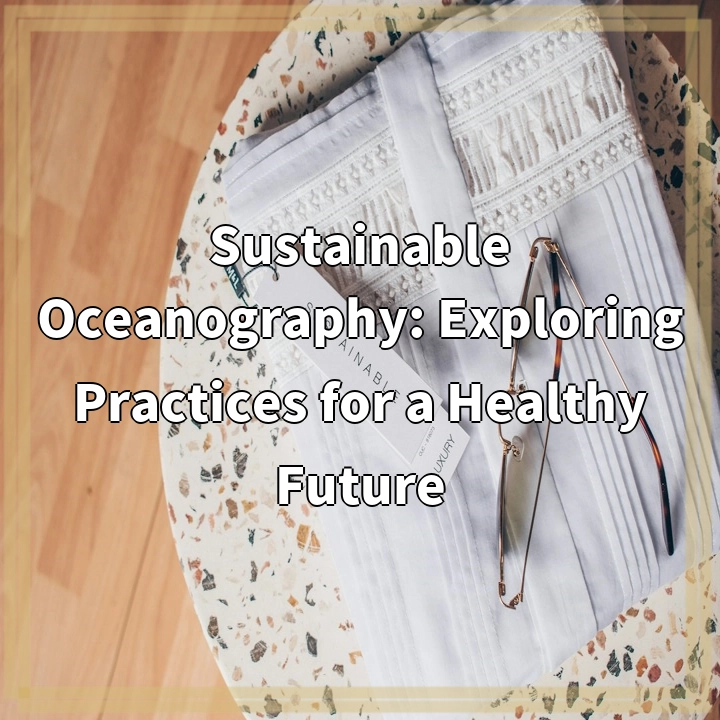
What is Sustainable Methods in Modern Jewelry Making?
As awareness of the environmental impact of various industries grows, the jewelry sector is also undergoing a transformation towards sustainability. Sustainable methods in modern jewelry making refer to practices that minimize the negative social and environmental effects associated with the extraction of precious metals and gemstones, as well as the production and disposal of jewelry.
Real-World Problems Associated with Traditional Jewelry Making
Traditional jewelry making has historically given rise to several significant environmental and ethical concerns:
1. Environmental Degradation
Conventional mining processes, including open-pit and underground mining, have resulted in deforestation, soil erosion, and extensive water pollution. The extraction of metals and gemstones often involves the use of harmful chemicals, such as mercury and cyanide, which contaminate the surrounding ecosystems.
2. Human Rights Violations
In many regions where jewelry materials are sourced, such as conflict-affected areas, artisanal miners often face exploitation, unsafe working conditions, and unfair wages. Additionally, child labor and forced labor are prevalent in the supply chains of some jewelry companies.
3. Air and Water Pollution
The traditional jewelry making industry utilizes large amounts of energy, contributing to greenhouse gas emissions and air pollution. Waste disposal practices, such as improper handling and disposal of chemicals and metal scraps, can contaminate water sources.
4. Unsustainable Resource Consumption
The extraction of precious metals and gemstones leads to the depletion of finite resources and contributes to the ongoing problem of resource scarcity. Additionally, the high turnover of fashion jewelry further exacerbates this issue as items are often discarded after short periods of use.
5. Lack of Transparency and Accountability
The jewelry industry has historically faced challenges in terms of traceability and supply chain transparency. This makes it difficult for consumers to make informed choices and support ethical and sustainable practices.
Addressing these real-world problems requires a shift towards sustainable methods in modern jewelry making. By adopting responsible sourcing practices, promoting fair labor rights, minimizing environmental impact, and prioritizing transparency, the jewelry industry can move towards a more ethical and eco-friendly future.

Solutions for Sustainable Methods in Modern Jewelry Making
Addressing the environmental and ethical challenges in the jewelry industry requires a comprehensive approach. Here are some solutions to promote sustainability:
1. Ethical Sourcing and Responsible Mining
Encouraging responsible mining practices, such as reducing the use of harmful chemicals, implementing proper waste management, and supporting fair labor rights in mining communities.
2. Alternative Materials and Recycling
Exploring the use of alternative materials, such as recycled metals and ethically sourced gemstones, to reduce the demand for newly mined resources. Additionally, promoting jewelry recycling and repurposing to extend the lifespan of jewelry pieces.
3. Designing for Durability and Timelessness
Encouraging jewelry designers to create timeless pieces that transcend fashion trends, reducing the need for constantly producing new items. Prioritizing durability and high-quality craftsmanship to ensure longevity.
4. Transparent and Traceable Supply Chains
Promoting transparency throughout the supply chain, allowing consumers to make informed purchasing decisions. Supporting certifications and initiatives that ensure traceability and ethical standards.
5. Consumer Education and Awareness
Increasing awareness among consumers about the environmental and social impacts of jewelry production. Encouraging conscious buying decisions, supporting brands that prioritize sustainability, and engaging with campaigns that advocate for responsible practices.
By implementing these solutions, the jewelry industry can work towards a more sustainable future, minimizing its environmental footprint and ensuring the well-being of workers and communities involved in the production process.















